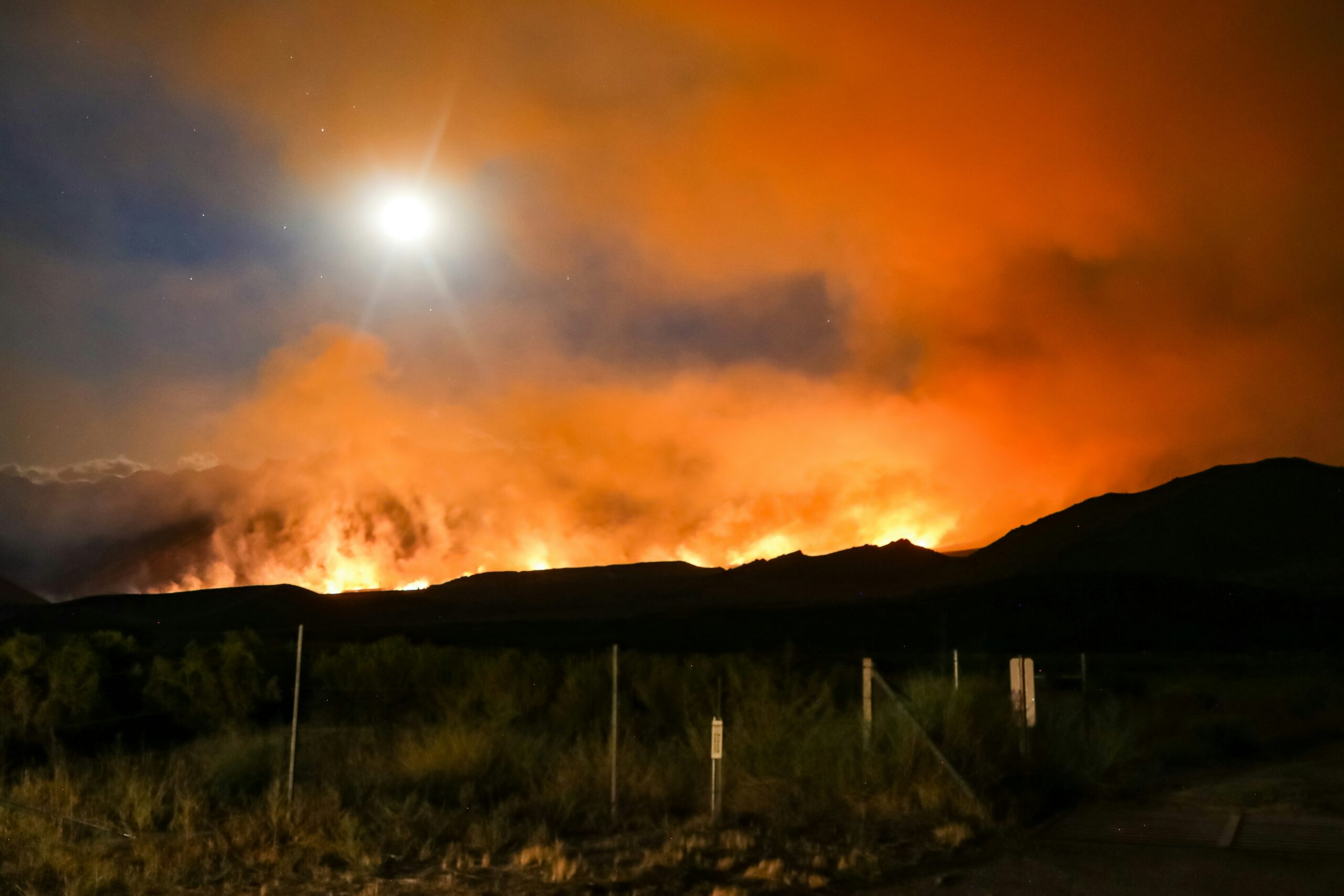

The North American wildfire season typically runs from spring to fall (although it varies by region).
However, as the effects of climate change increase, disasters continue to shirk the expected seasonal rules, occurring with ever-increasing frequency and intensity.
CDP’s North American wildfire profile runs by calendar year and typically covers wildfires in Canada, Mexico and the United States. Wildfires in other countries in North America will be included depending on size and severity.
We cannot share information on every fire across the continent. CDP typically focuses our coverage on fires that significantly impact the communities and affect residents, especially at-risk populations.
(Photo by Ross Stone on Unsplash)
Latest Updates
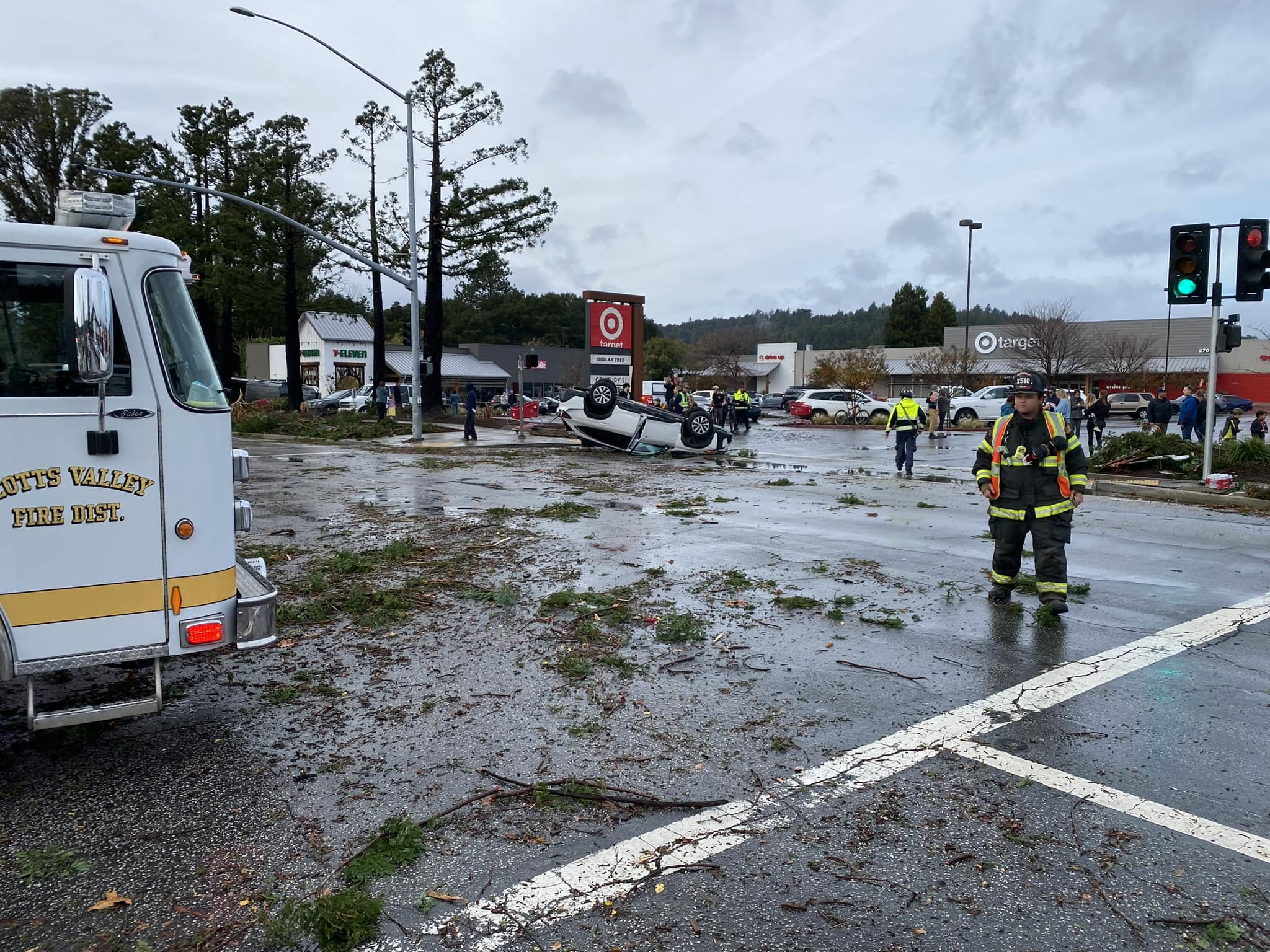
What we’re watching: Weekly disaster update, December 16
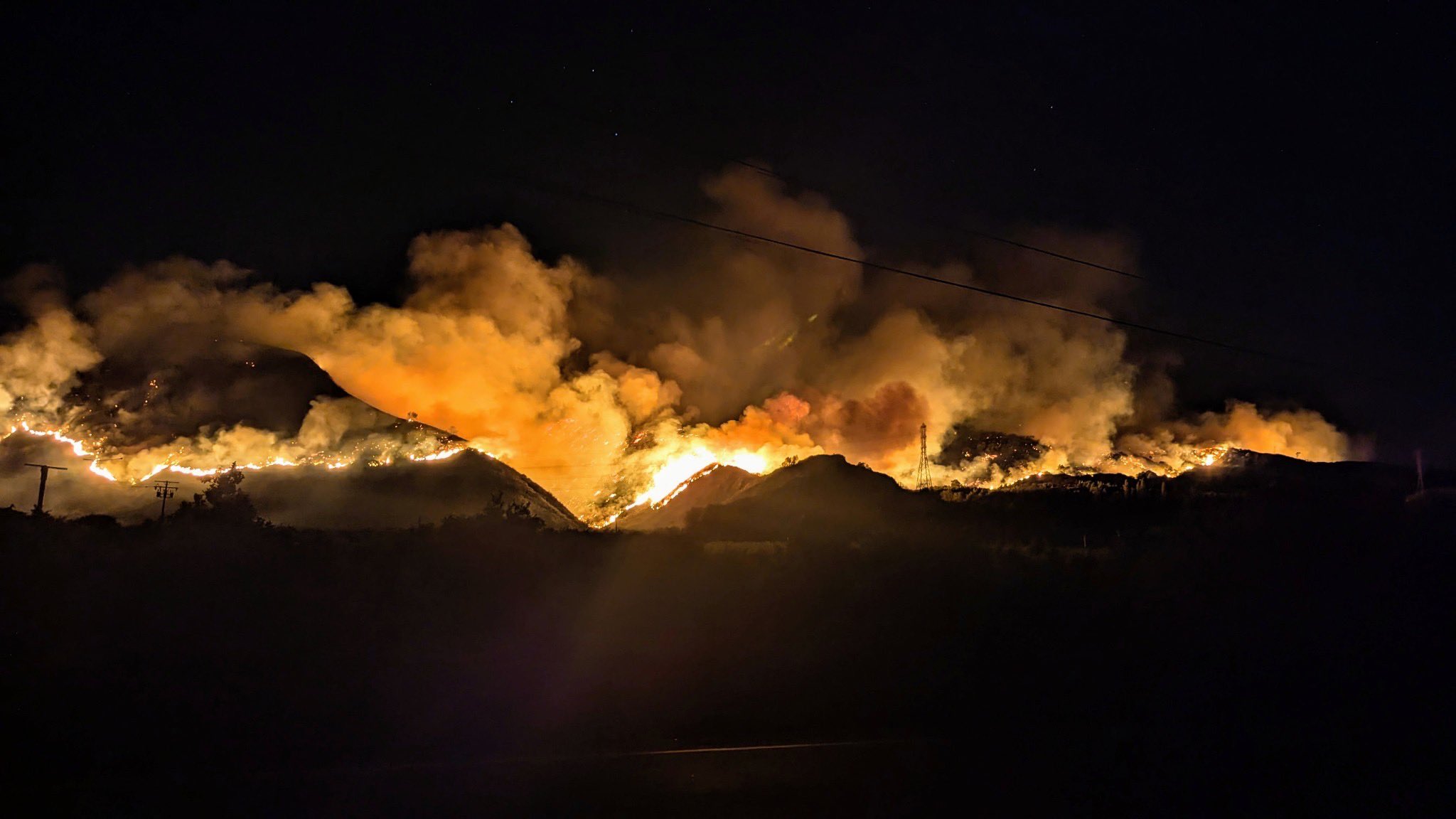
What we’re watching: Weekly disaster update, November 11
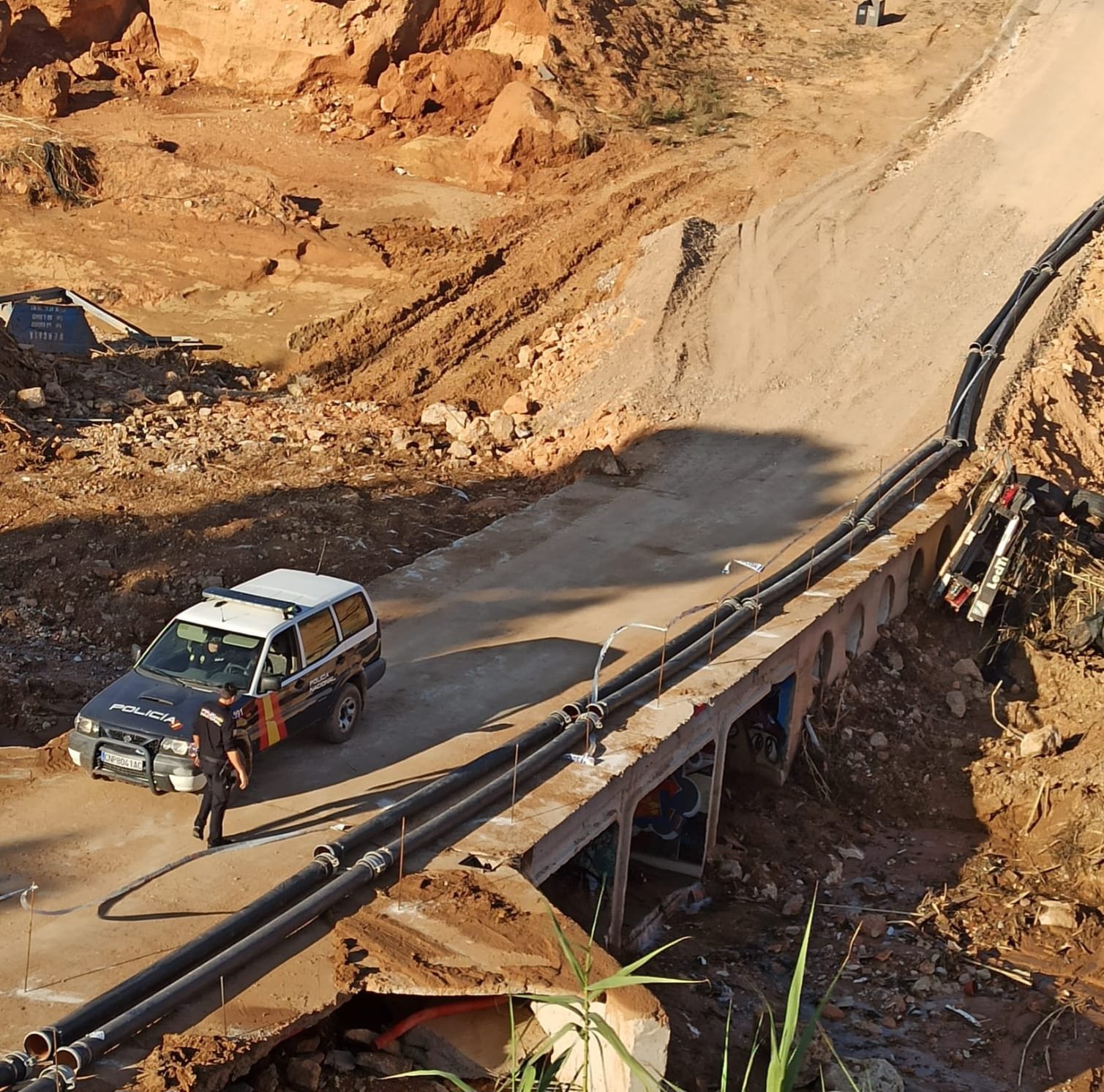
What we’re watching: Weekly disaster update, November 4
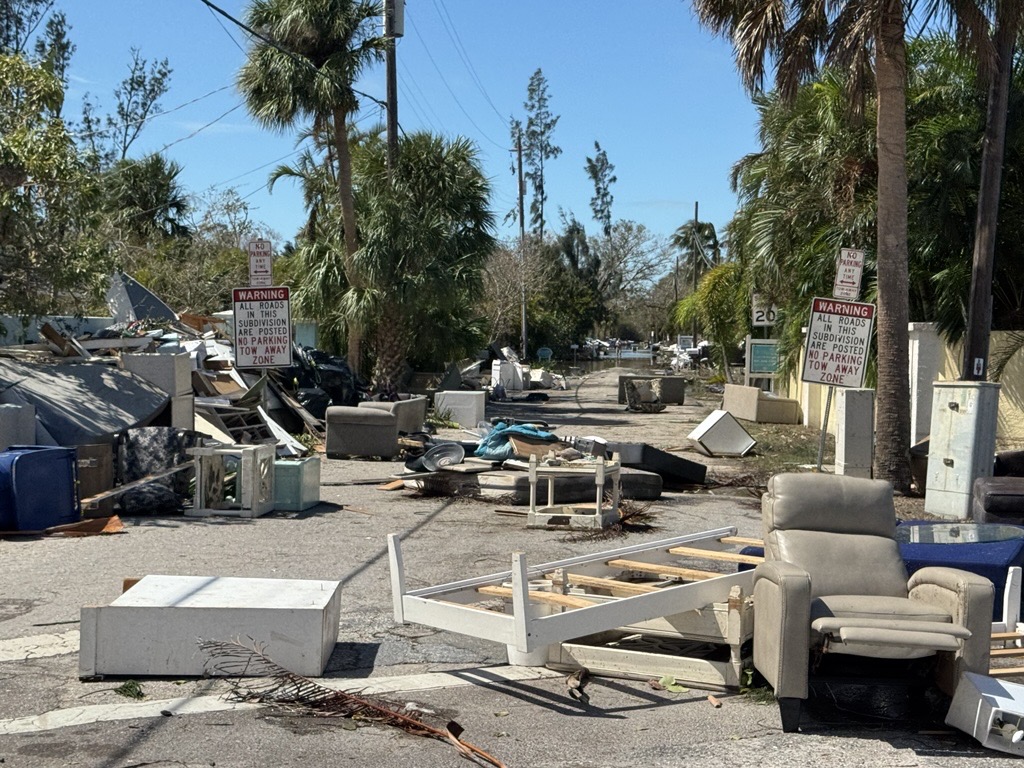
What we’re watching: Weekly disaster update, October 14
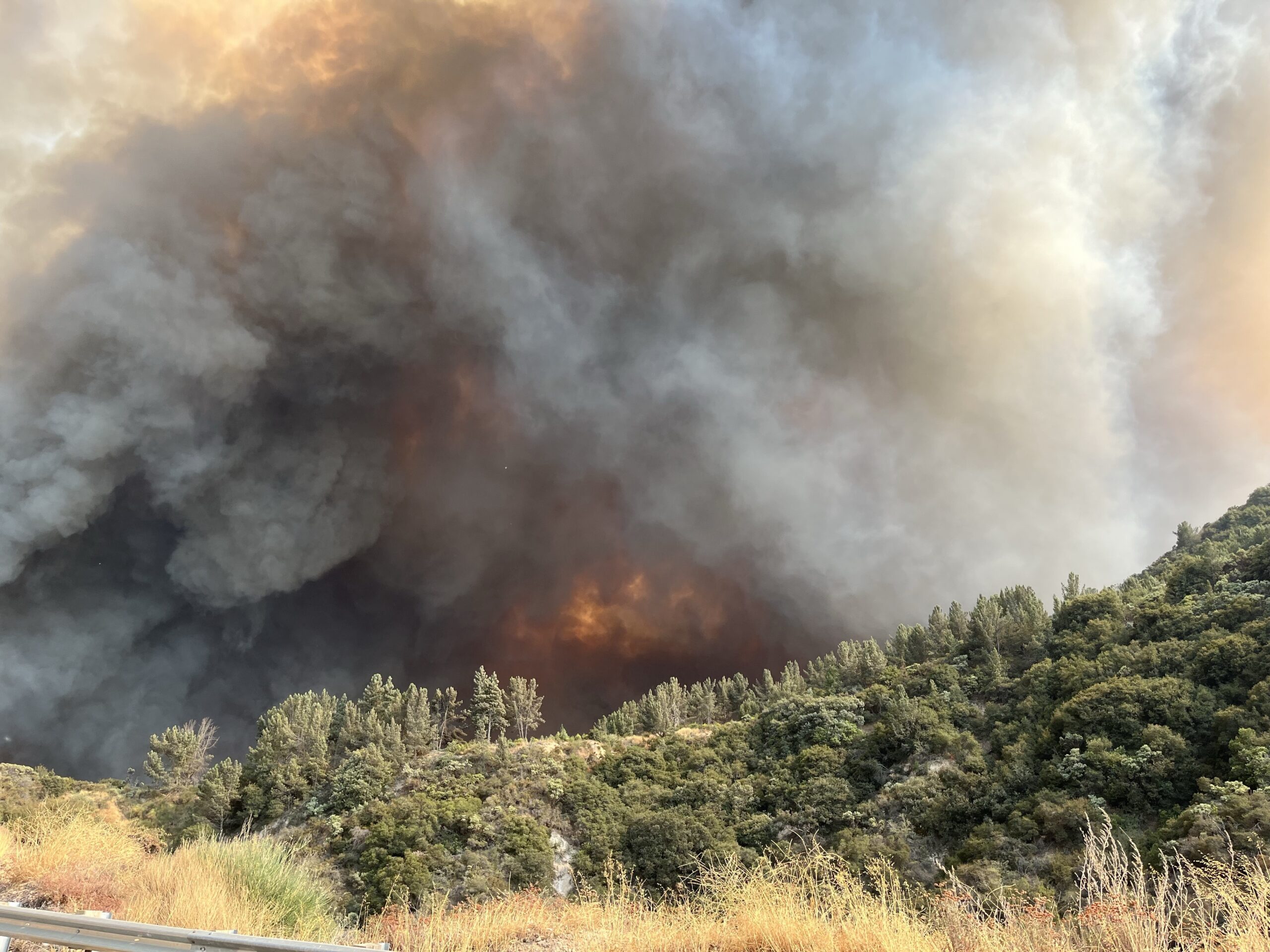
What we’re watching: Weekly disaster update, September 9
Key facts
- In 2022, almost 80 million properties in the U.S., or 1 in 6 people, were at risk of wildfire.
- By 2052, half of the people at risk of wildfire will live in the South.
- For two to five years after a wildfire, there is an increased risk of flooding, with flash flooding in burn scars leading to debris flows, as charred vegetation and other items are picked up by rushing water.
- A study published in Forests in 2022 found that:
- Counties with higher wildfire risks tend to have higher rates of poverty.
- Census tracts that are majority Hispanic, Native American or Black experience 50% greater vulnerability to wildfires (compared to majority white census tracts).
- One study found that Native Americans living in tribal communities in the U.S. now face two additional extreme heat days compared to their historical lands. They also received 23% less precipitation, 36.3% of tribal lands dealt with increased drought, and 47.7% of tribes faced increased risk from wildfires. This is a direct impact of settler colonialism.
- About 85% of U.S. wildfires are caused by people.
- Wildfires exacerbate existing affordable housing crises throughout North America.
California
As of Dec. 17, California experienced 7,958 wildfires in 2024, with over one million acres burned. Thousands of residents were forced to evacuate throughout the year and faced medium—to long-term displacement.
There was one civilian fatality, 397 structures damaged and 1,680 structures destroyed.
A 2024 study published in Proceedings of the National Academy of Sciences found that dangerous particulate matter from wildfire smoke disproportionately affected California’s Indigenous communities.
Franklin Fire: A wind-driven wildfire that started on Monday, Dec. 9, in Malibu, caused the evacuations of 20,000 people in Franklin County and burned over 4,000 acres.
Mountain Fire: A Santa Ana wind event spurred the mountain fire, which started on Nov. 7 in Ventura County. It burned over 20,630 acres and injured six people. Governor Gavin Newsom declared a State of Emergency for California on Friday, Nov. 8.
CDP California Wildfires Fund grantee partner CalMatters maintains an interactive wildfire tracker, which is updated daily.
You can support CDP’s response to wildfires in the state by donating to our California Wildfires Recovery Fund.
Related reading
Support recovery
Massachusetts
Several fires burned in the state, including a 200-acre fire in the Lynn Woods Reservation, a municipal park about 10 miles north of Boston. Although only 15 fires were reported in the state in October, 2024 saw a 1200% increase in the frequency of wildfires, with 196 burning throughout the year.
New Jersey
A fire in Greenwood Lake, bordering New Jersey and New York, saw the death of an 18-year-old NY parks employee on Nov. 9. The teen was fighting the Jennings Creek Fire, a major brush fire threatening several structures in Passaic County’s West Milford and Orange County, New York, that had grown to almost four acres by Nov. 10.
Numerous other fires burned throughout the state, including a 175-acre fire in Pompton Lakes and a 350-acre fire in Ocean County started by a shotgun round at a shooting range.
New York
Several fires burned in New York City, including two in the iconic Prospect Park in Brooklyn. The 526-acre park is the oldest standing forest in the borough.
The two-acre fire in the Nethermead meadow, the second fire near the Lakeside ice rink, was put out one hour after it was discovered on Nov. 9.
Two brush fires also broke out in Marine Park. Other park fires included two in VanCortlandt Park and one in Highbridge Park, all in the Bronx.
Smoke from New Jersey and the New York City wildfires caused air quality issues across the region.
Pennsylvania
A fire in Reading, Pennsylvania, broke out on Neversink Mountain shortly after midnight on Nov. 9 and was controlled by the afternoon. The state issued a short evacuation, and firefighters managed to save all of the homes. One firefighter was injured.
Canada
The Canadian Interagency Forest Fire Centre (CIFFC) coordinates resource sharing, mutual aid and information sharing including, facilitation of wildfire cooperation and coordination.
CIFFC’s National Situation Report is published daily between May and August (weekly in shoulder seasons as needed) and provides information on fire activity from the previous calendar day, including seasonal cumulative.
As of the final Situation Report for 2024 issued on Sept. 25, Canada has seen 5,383 fires, which have burned 13.34 million acres of land. There have been more fires but less damage compared to 2023’s year-to-date totals when Canada experienced 5,367 fires, which burned around 40 million acres.
Two firefighters died in 2024: one in Notre-Dame-de-la-Salette in Quebec and one fighting the Jasper Complex Fire in Alberta.
In the More Canadian Fire Resources section below, you will find links to the fire page for each province and territory.
Alberta
In Alberta, there were 1,210 fires in 2024, which burned 1.74 million acres.
British Columbia (BC)
British Columbia had 1,688, which burned 2.7 million acres. Three Indigenous nations had active evacuation orders or alerts.
In 2023, wildfires burned a record amount of land (7.03 million acres) in the province, more than doubling the previous record set in 2018 (3.35 million acres).
Manitoba
As of Oct. 15, 305 wildfires burned in Manitoba in 2024.
Northwest Territories (NWT)
In Canada’s far north, the NWT reported 174 wildfires, with 4.1 million acres burned in 2024.
Quebec
As of December, 517 fires had burned 655,897 acres in 2024. While this is well above the ten-year average of 287,017 acres burned, it is significantly below Quebec’s breaking year in 2023, when more than 11 million acres burned.
Saskatchewan
As of Sept. 26, there had been 624 fires in the province in 2024, compared to the five-year average of 373. The fires burned about 2.4 million acres.
Notable 2024 Canadian fires
The Jasper Complex Fire, the largest wildfire seen in Alberta’s Jasper National Park in more than a century, consumed one-third of the structures in the popular tourist town of Jasper. It burned from July 22 to Sept. 7, when it was contained, although smoke is expected to be seen until winter. In the first three days of the fires, 20,000 people were evacuated. Some of the town’s 5,000 residents have been allowed to return, but many will be displaced for months or longer.
The fire burned 80,857 acres and officials estimate that of Jasper’s 1,113 structures, 358 were destroyed. However, because of multi-unit housing, about 800 housing units were lost. As a tourist-based economy, some residents have lost both their jobs and their homes. Officials estimate that $208 million USD ($283 million CDN) in property was destroyed, along with a $1.6 million USD ($2.2 million CDN) loss of property tax revenue.
A video and photo interactive from CBC highlights the extent of the damage, including a map showing the number of structures destroyed.

More Canadian fire resources
Alberta
British Columbia
Manitoba
New Brunswick
Newfoundland and Labrador
Northwest Territories
Nunavut
Nova Scotia
Ontario
Quebec
Prince Edward Island
Saskatchewan
Yukon
Mexico
Fire season in Mexico is generally in February and peaks mid-March through May.
According to the June 14, 2024, North American Fire Outlook, above-normal precipitation decreased drought indices and drought-affected areas.
As of July 7, the most recently posted update, Mexico has recorded 7054 fires, burning over 942,243 hectares (2.3 million acres). Fire activity is fueled by dry conditions and high temperatures, which are exacerbated by the El Niño phenomenon.
Previously, on March 27, four people were reported dead following a wave of wildfires, burning more than 32,000 acres. More than 6,000 forest firefighters were deployed. However, a shortage of firefighters in some areas caused locals to fight the fire themselves, and they were met with fire-friendly conditions such as strong winds.
There are several areas of ongoing support that are needed in the recovery phase from a fire. These include rebuilding homes or repairing damage, soil remediation, temporary housing, physical and mental health, assistance for survivors in navigating disaster recovery resources, community and economic development, agricultural support and livelihood/income support.
Support local agencies
People in marginalized and at-risk situations before a disaster – older adults, undocumented and mixed-status families, people living with physical or mental health challenges, and people living in poverty – may find their circumstances worsened in the face of disaster and continue to face challenges during the recovery phase.
Local organizations are better informed about needs and culture than outside entities, they may be more familiar with impacted individuals and they will be on the ground for years.
Read about the impact of funding local agencies to provide bilingual and culturally appropriate mental health services to fire survivors in California’s Sonoma County here.
Address mental health needs
Mental health is always a significant issue following fires, especially fires that cause loss of life. Funders can support organizations, particularly those on the ground long-term, to provide mental health services to their communities for years to come. This should be broader than traditional therapists, as some ethnic or religious communities need culturally competent and supportive services.
Communities in wildfire-prone geographies often experience the impact of chronic, cyclical disasters: survivors, responders and community leaders are “pushed through exhausting, recurring phases of anticipation, impact and adaptation before a final recovery phase can begin.” CDP grantee partner Vibrant Community Health has developed a Model for Adaptive Response to Complex, Cyclical Disasters.
Children’s mental health needs are an important consideration. Read about a CDP grant to support mental health centers in schools after the Marshall Fire
Support the Latino Community
Wildfires have a disproportionate impact on the Latino community. Racialized and other marginalized communities recover slower after a disaster than other communities. Relative to the U.S. population at large, Latinos are two times more likely to live in wildfire-prone areas.
At least 71% of the agricultural workforce and 40% of the hospitality and tourism industries in California are comprised of Latinos which has a significant impact on recovery. Workers may get displaced by fire and lose both homes and jobs. In the tourism and hospitality industries, wealthier homeowners and tourists can access services unavailable to those who support them. This particularly true when migrants fear reaching out for government services because of their immigration status.
According to the 2021-2022 National Agricultural Workers Survey:
- 75% of U.S. crop workers are Hispanic, including 1 in 4 of the 30% of crop workers that are U.S. born.
- Almost 80% of crop workers interviewed first came to the U.S. more than 10 years ago.
- The median income was $20,000 to $24,999.
- About 57% of crop workers had less than a 9th grade education, including 4% who had no formal schooling.
- Most (56%) of crop workers live in private rental housing, with 10% of crop workers living in employer-owned housing.

CDP has specific funds for wildfire needs in California and Hawaii. In addition, our Disaster Recovery Fund supports wildfire-affected areas in the remainder of the United States and in Canada, and has a drop-down for the fires in New Mexico. Our Global Recovery Fund supports Mexico and other countries.
Contact CDP
Philanthropic contributions
If you would like to make a gift to our Hawaii Wildfires Recovery Fund, California Wildfires Recovery Fund, Disaster Recovery Fund or Global Recovery Fund, need help with your disaster-giving strategy, or want to share how you’re responding to this disaster, please contact development.
(Photo by Malachi Brooks on Unsplash)
Recovery updates
If you are a responding NGO, please send updates on how you are working on recovery from this disaster to tanya.gulliver-garcia@disasterphilanthropy.org.
We welcome the republication of our content. Please credit the Center for Disaster Philanthropy.
Philanthropic and government support
Through funding from Google and the CDP Disaster Recovery Fund:
- Flower Hill Institute was awarded $60,000 in flexible funding to support local Indigenous and Tribal communities’ stewardship, protection and rewilding of culturally significant lands, and enable access to resources for recovery from wildfires in New Mexico following the April 2022 wildfires.
- Statewide nonprofit news source Texas Tribune received $30,000 to provide in-depth coverage of wildfire recovery and investigative reporting on the issues that exacerbated 2024’s Smokehouse Creek Fire’s impacts on the Texas Panhandle.
From the Hawaii Wildfires Recovery Fund:
- CDP awarded Lahaina Community Land Trust $644,000 to hire staff in support of their mission to “keep Lahaina lands in Lahaina hands.” Community land trusts are a time-tested and promising way of securing housing affordability, cultural preservation and economic development in communities that are vulnerable to gentrification and displacement by what some experts term “disaster capitalism.”
- CDP provided a grant of $250,000 to Honolulu Civil Beat to support the presence of a local, dedicated journalism team in Maui focused on providing accurate and free community information, informed debate, leadership accountability and encouraging action.
- CDP issued a $250,000 grant to Kelea Foundation to ensure equitable recovery from Maui’s wildfires for older adults, persons with disabilities and access and functional needs, and persons with complex medical cases through advocacy, case management, transportation services, adaptive recreation opportunities, and an adaptive and medical equipment supply closet.
From the California Wildfires Recovery Fund:
- CDP awarded a $200,000 grant to Northern Valley Catholic Social Service Inc. (NVCSS) to increase wildfire resilience levels while reducing associated risks among vulnerable populations within the NVCSS service region.
- CDP provided a $99,734 grant to Corazón Healdsburg to provide wildfire disaster preparedness and prevention training for clients. By providing emergency disaster kits and support for renters insurance as well, clients will be better able to face future wildfires and be more resilient.
More ways to help
- Give monetary donations. As with most disasters, experts recommend cash donations, over materials, unless specifically requested. This allows on-the-ground agencies to direct funds to the most significant area of need, support economic recovery and ensure donation management does not detract from disaster recovery needs.
- Ask the experts. The Center for Disaster Philanthropy and National Volunteer Organizations Active in Disasters can provide resources and guidance about organizations working in affected communities within the United States. InterAction can provide information about organizations providing support outside of the U.S. Local community foundations also have insights into nongovernmental organizations that are best suited to respond in a particular community. CDP’s partner, the Council on Foundations summarized resources available to guide philanthropy following the wildfires in Hawaii, including resources from CDP.
Resources

Wildfires
Wildfires devastate homes, livelihoods and communities of people worldwide, making them one of the most destructive types of disasters. While climate change fuels the frequency and intensity of wildfires, wildfires themselves fuel climate change, making them uniquely damaging to the planet.
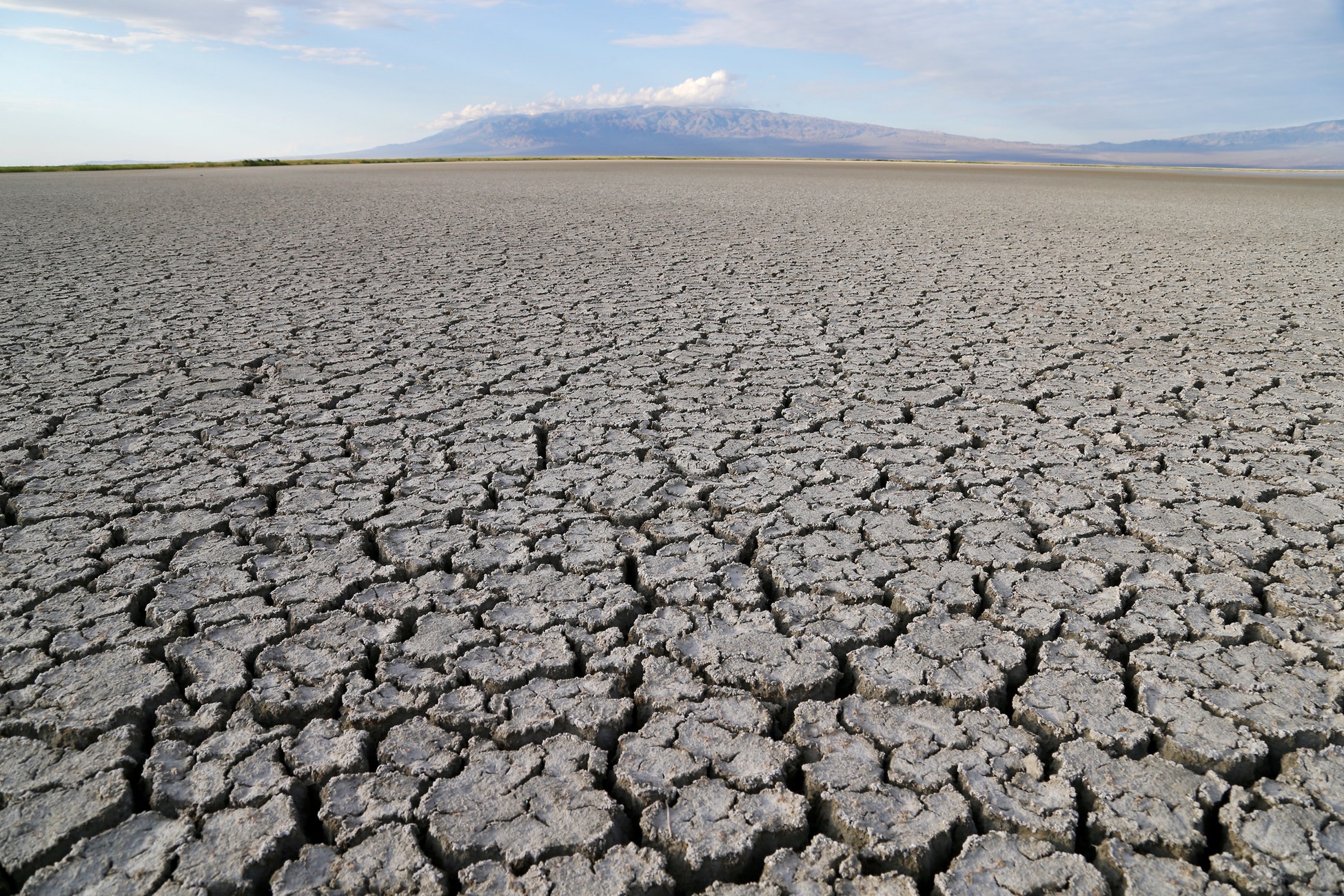
Drought
Drought is often defined as an unusual period of drier than normal weather that leads to a water shortage. Drought causes more deaths and displaces more people than any other disaster.
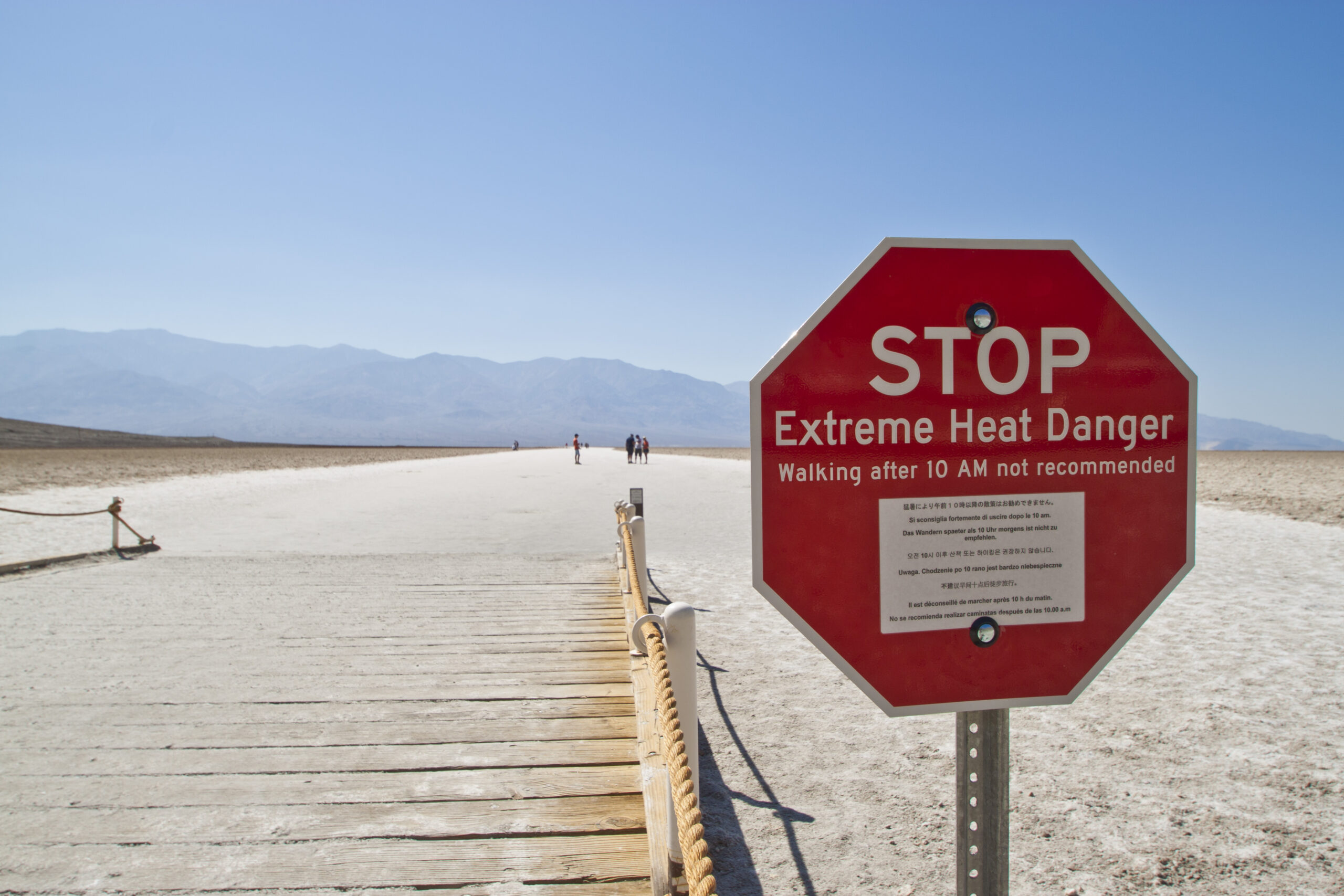
Extreme Heat
Extreme heat, or heat waves, are periods of unusually high temperatures relative to what is considered normal for a specific location and time of year. In the U.S., heat kills roughly 1,300* people per year, which is more than hurricanes, floods and tornadoes combined.